The arrival of Apple Silicon chips in a way changed our view of Apple computers. The transition from Intel processors to proprietary solutions significantly affected the world of MacBooks. Unfortunately, between 2016 and 2020, they faced a number of not-so-pleasant problems, and we are not far from the truth when we say that there was no decent laptop from Apple available in that period - if we ignore the exception of the 16″ MacBook Pro (2019), which but it cost several tens of thousands of crowns.
It could be interest you
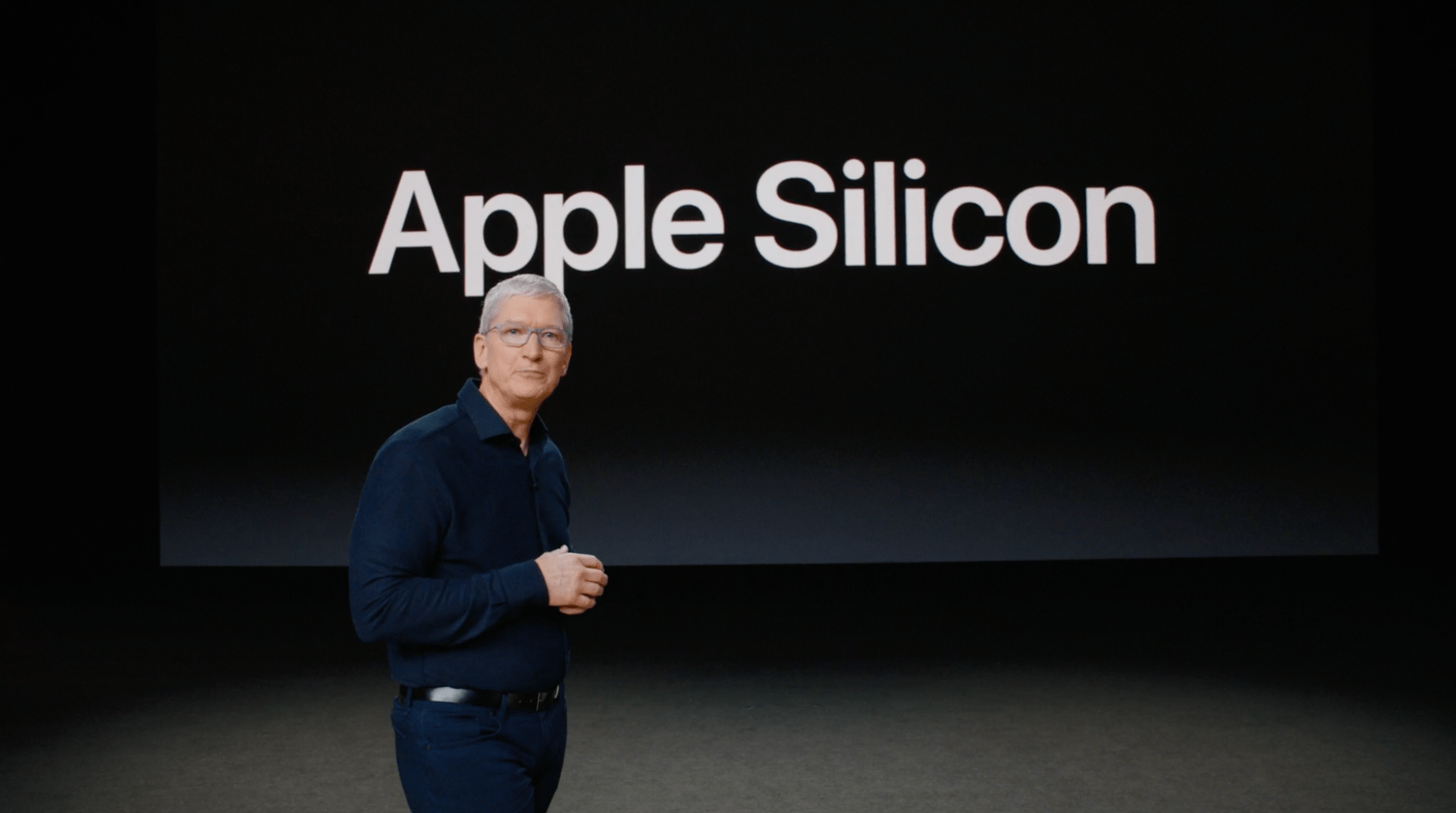
The transition to ARM chips started a certain revolution. While earlier MacBooks suffered from overheating due to a poorly chosen (or too thin) design and could not use the full potential of Intel processors. Although they weren't exactly the worst, they couldn't offer full performance because they couldn't be cooled, which resulted in limiting the mentioned performance. Conversely, for Apple Silicon chips, since they are based on a different architecture (ARM), similar problems are a big unknown. These pieces offer significantly higher performance with lower consumption. After all, this is the most important attribute for Apple, which is why keynote after keynote boasts that its solution offers industry leading performance-per-watt or the best performance in relation to consumption per watt.
Consumption of MacBooks vs. competition
But is it really true? Before we look at the data itself, we need to clarify one important point. Although Apple promises higher performance and it really lives up to its promise, it is necessary to realize that maximum performance is not the goal of Apple Silicon. As already mentioned above, the Cupertino giant instead focuses on the best possible ratio of performance to consumption, which, after all, is what is behind the longevity of the MacBooks themselves. Let's shine a light on apple representatives right from the start. For example, such a MacBook Air with M1 (2020) is equipped with a 49,9Wh battery and uses a 30W adapter for charging. Of course, this is a basic model for regular work, and therefore it can get by even with such a weaker charger. On the other hand, we have the 16″ MacBook Pro (2021). It relies on a 100Wh battery in combination with a 140W charger. The difference in this respect is quite fundamental, but it should be taken into account that this model uses a significantly more powerful chip with greater energy consumption.
If we then look at the competition, we will not see very similar numbers. For example, let's start with Microsoft Surface Laptop 4. Although this model is available in four variants – with an Intel/AMD Ryzen processor in a 13,5″/15″ size – they all share the same battery. In this regard, Microsoft relies on a 45,8Wh battery in combination with a 60W adapter. The situation is relatively similar ASUS ZenBook 13 OLED UX325EA-KG260T with its 67Wh battery and 65W adapter. Compared to the Air, both models are quite similar. But we can see the fundamental difference in the charger used – while the Air easily gets by with 30 W, the competition bets on more, which also brings with it greater energy consumption.
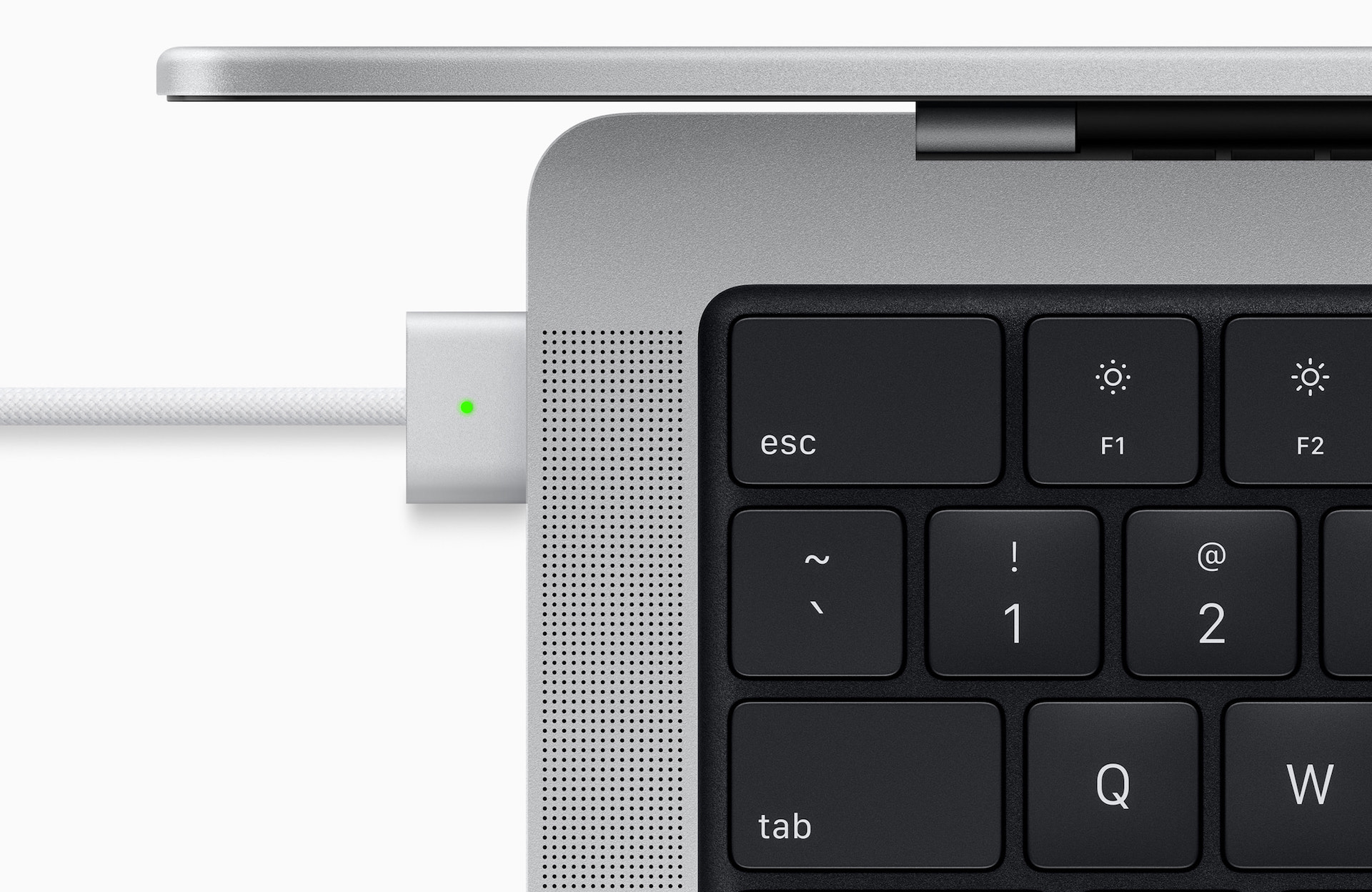
In this regard, however, we focused on ordinary ultrabooks, the main advantages of which should be light weight, sufficient performance for work and long battery life. In a way, they are relatively economical. But how is it on the other side of the barricade, namely with professional work machines? In this respect, the MSI Creator Z16P series is offered as a competitor to the aforementioned 16″ MacBook Pro, which is a full-fledged alternative for an Apple laptop. It relies on a powerful 9th generation Intel Core i12 processor and an Nvidia RTX 30XX graphics card. In the best configuration we can find the RTX 3080 Ti and in the weakest RTX 3060. Such a set-up is understandably energy-intensive. It is therefore not surprising that MSI uses a 90Wh battery (paradoxically weaker than the MBP 16″) and a 240W adapter. It is therefore almost 2x more powerful than MagSafe on that Mac.
Is Apple the winner in the field of consumption?
At first glance, it may seem that apple laptops have no competition in this respect and are simply the least demanding in terms of consumption. Right from the start, it is necessary to realize that the performance of the adapter does not indicate the direct consumption of the given device. It can be perfectly explained with a practical example. You can also use a 96W adapter to fast charge your iPhone, and it still won't charge your phone faster than using a 20W charger. The same is true between laptops, and the data we have available in this way needs to be taken with a grain of salt.
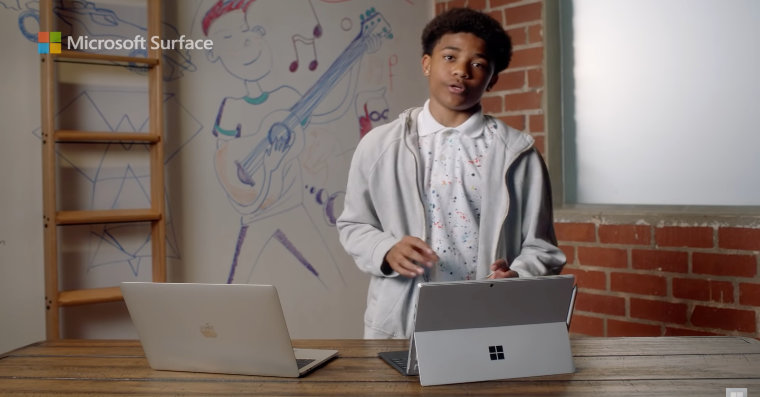
We still have to draw attention to one rather fundamental fact - we are actually mixing apples and pears here. It is very important to realize the main differences between the two architectures. While lower consumption is typical for ARM, x86, on the other hand, can deliver significantly more performance. In the same way, even the very best Apple Silicon, the M1 Ultra chip, cannot match the current leader in the form of the Nvidia GeForce RTX 3080 in terms of graphics performance. After all, this is exactly why the aforementioned MSI Creator Z16P laptop was able to easily beat the 16″ MacBook Pro with the M1 Max chip in various disciplines . However, higher performance also requires higher consumption.
With that also comes another interesting point. While Macs with Apple Silicon can practically always deliver their full potential to the user, regardless of whether they are currently connected to power or not, this is not the case with the competition. After disconnecting from the mains, the power itself can also decrease, as the battery itself is "insufficient" for power supply.
- Apple products can be purchased for example at AlgeIn iStores whether Mobile Emergency
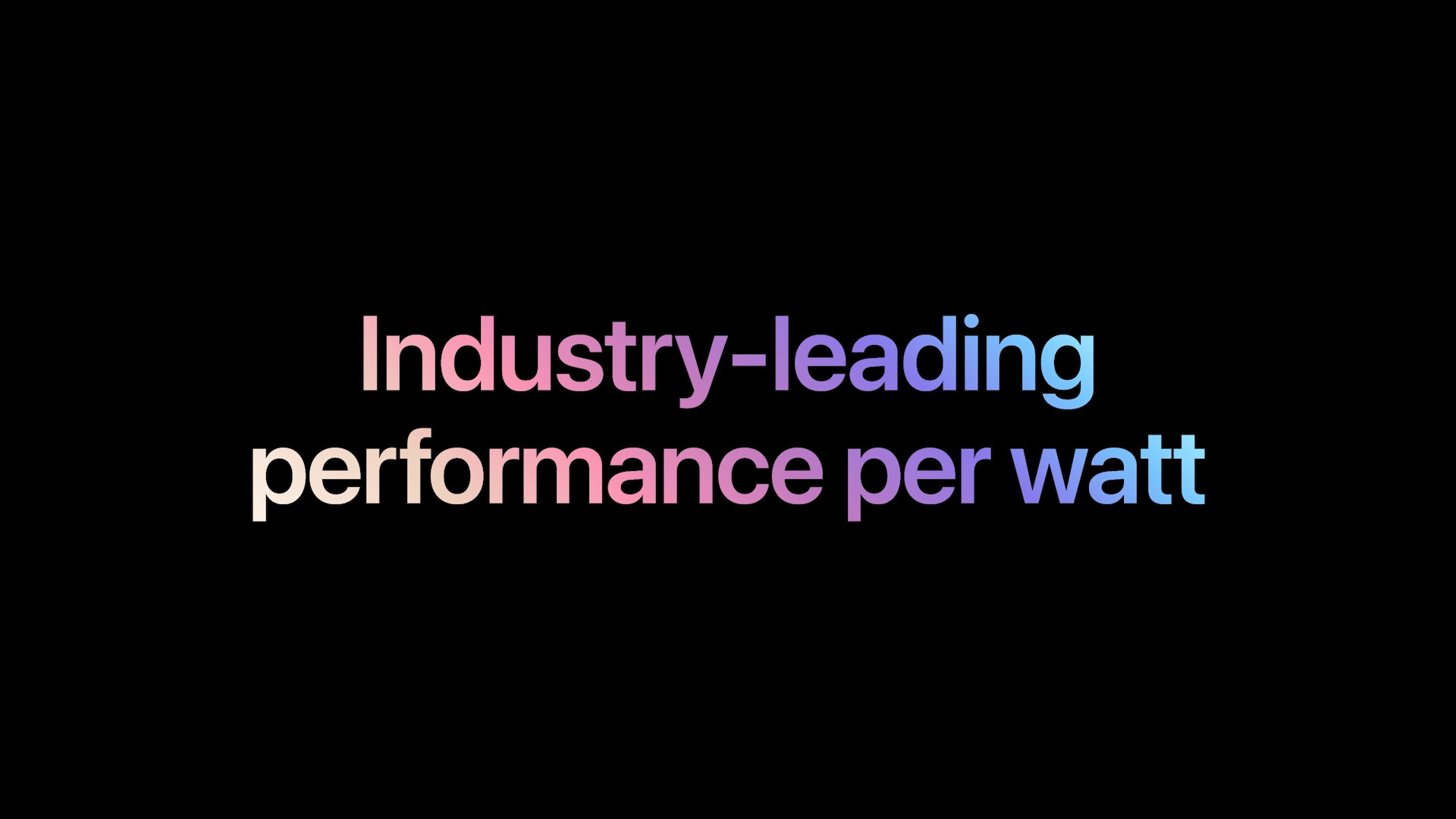
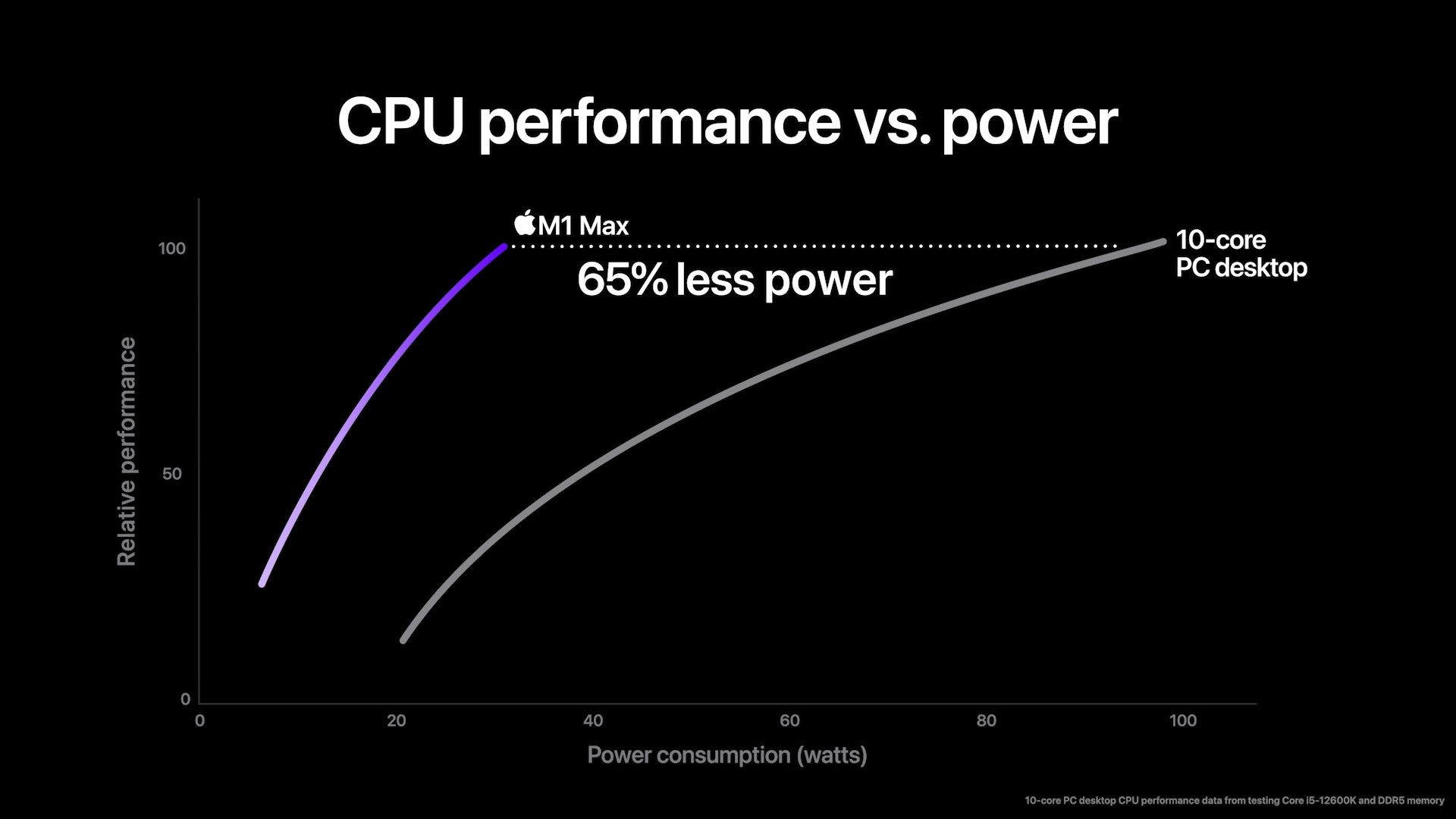
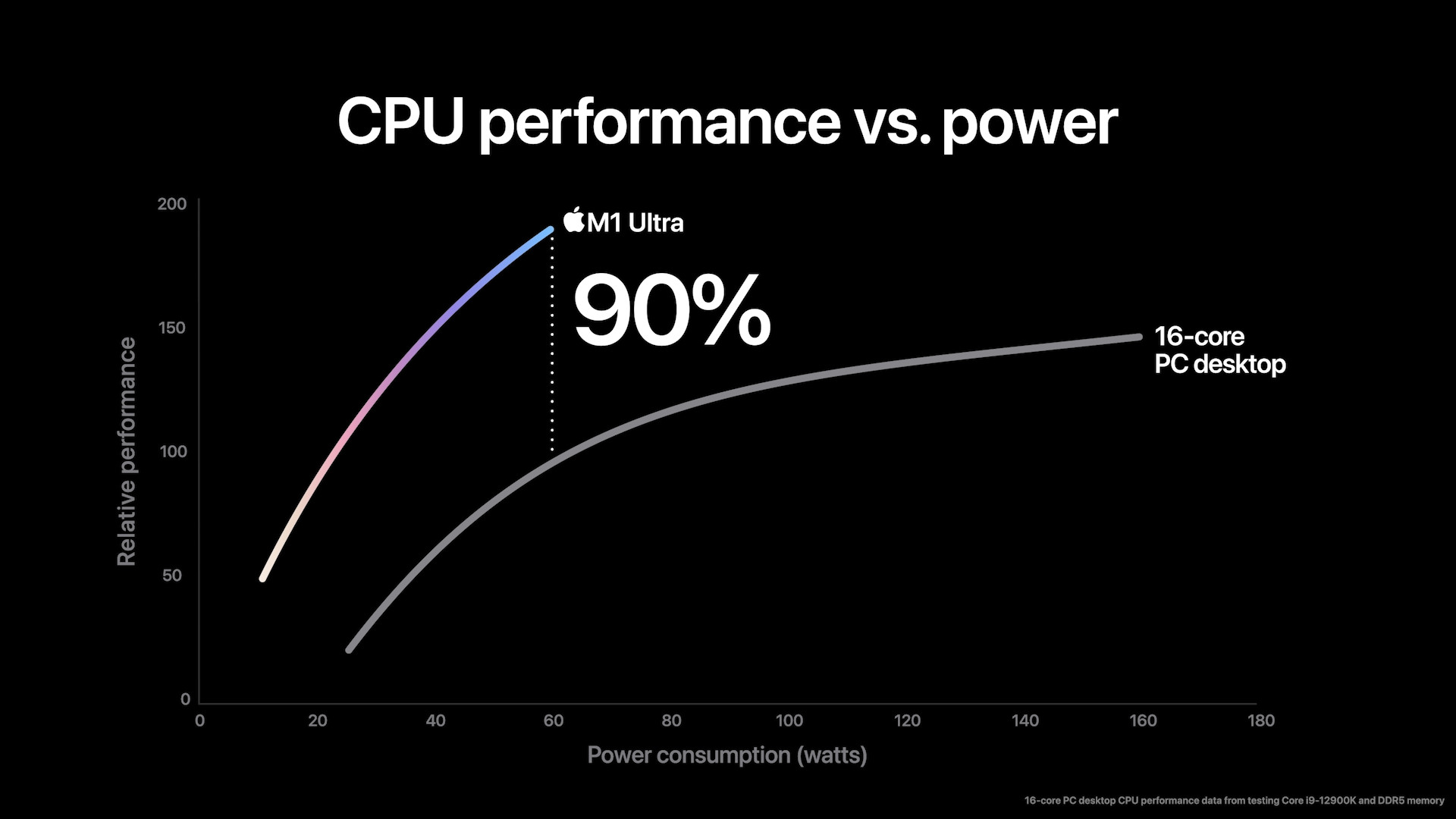

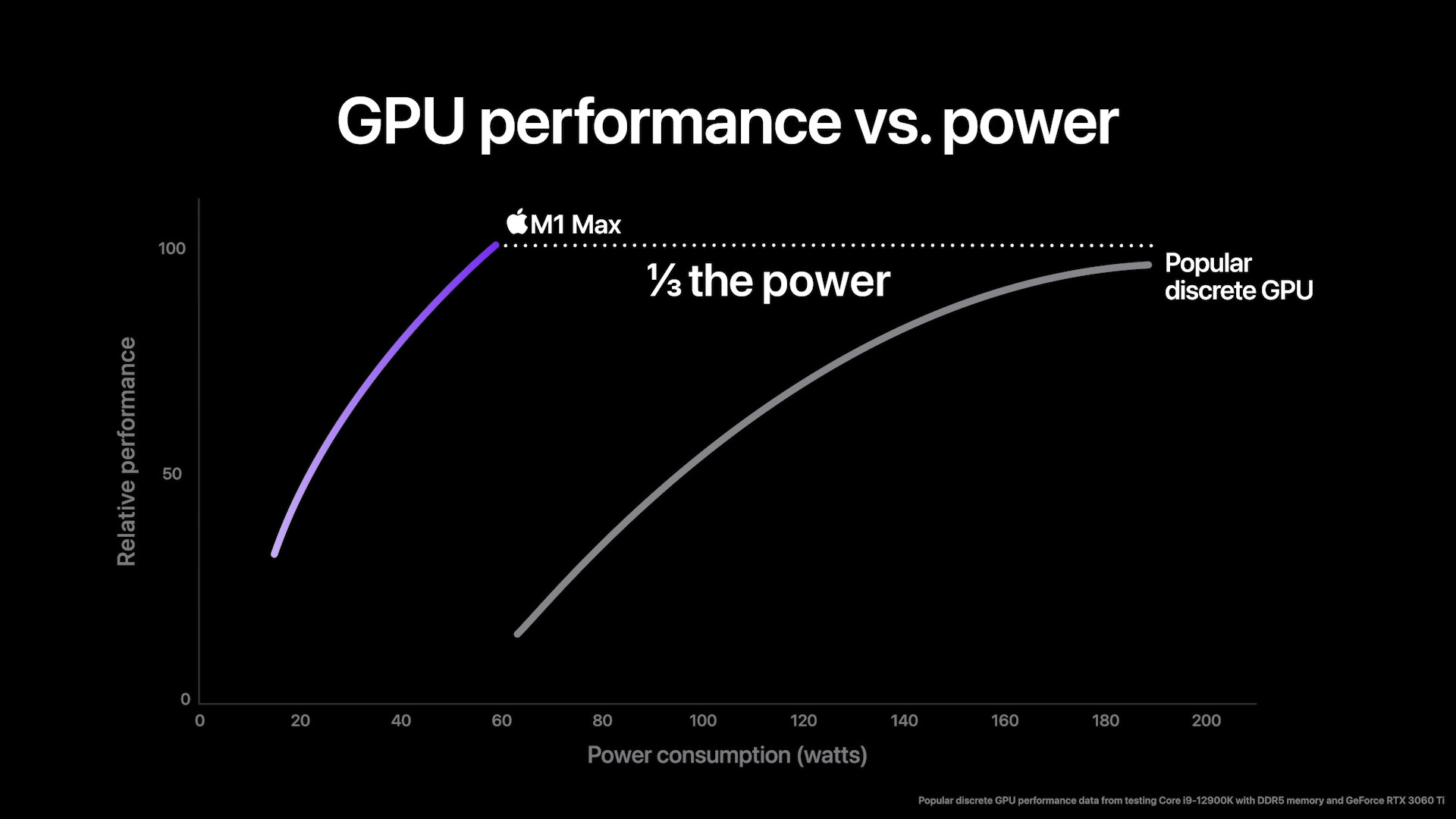

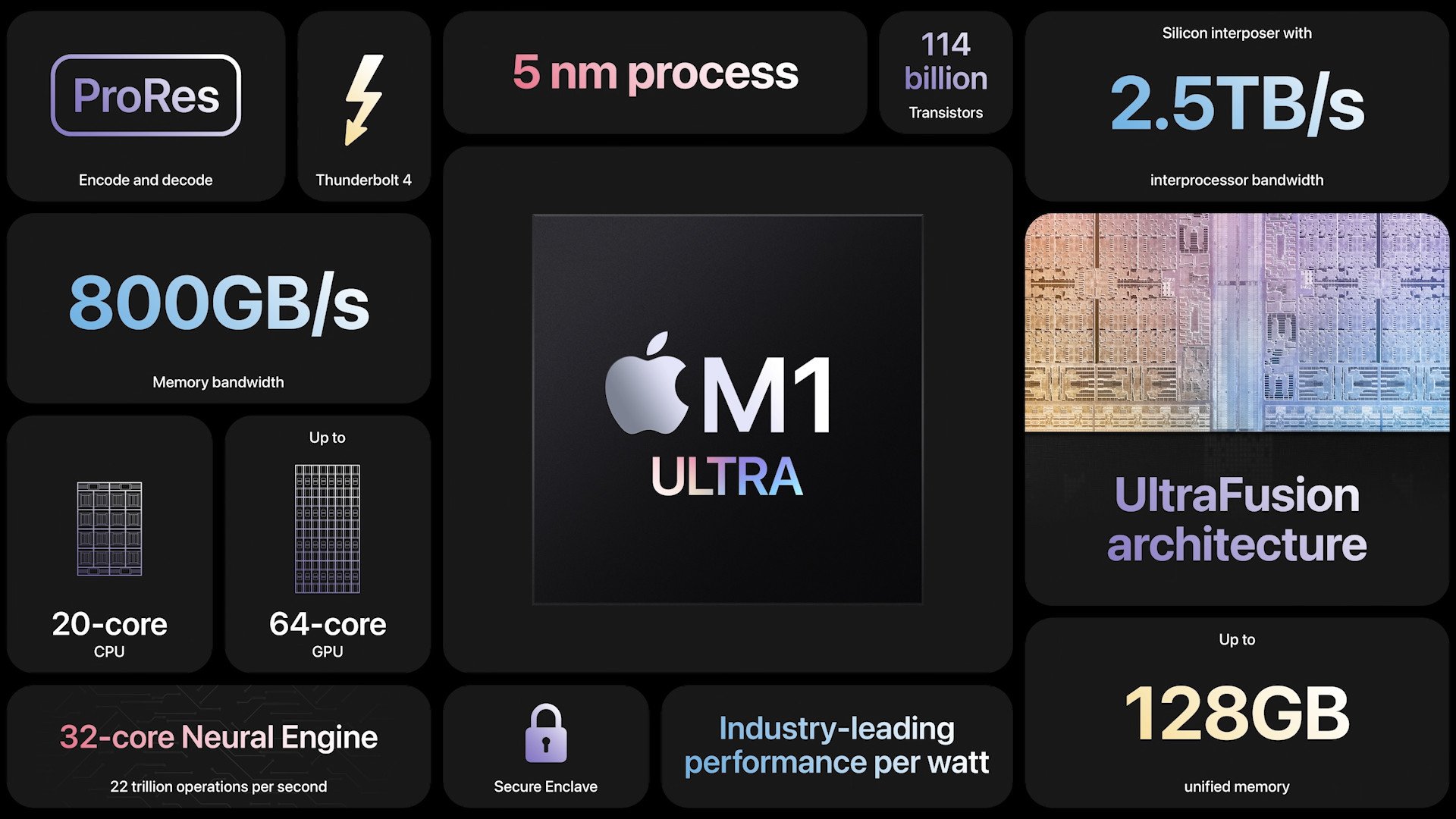
I don't know, the article is called "How much power do macbooks use compared to the competition" and I learned what kind of batteries they have, what kind of chargers, but the only thing I still don't know is how much power they use...